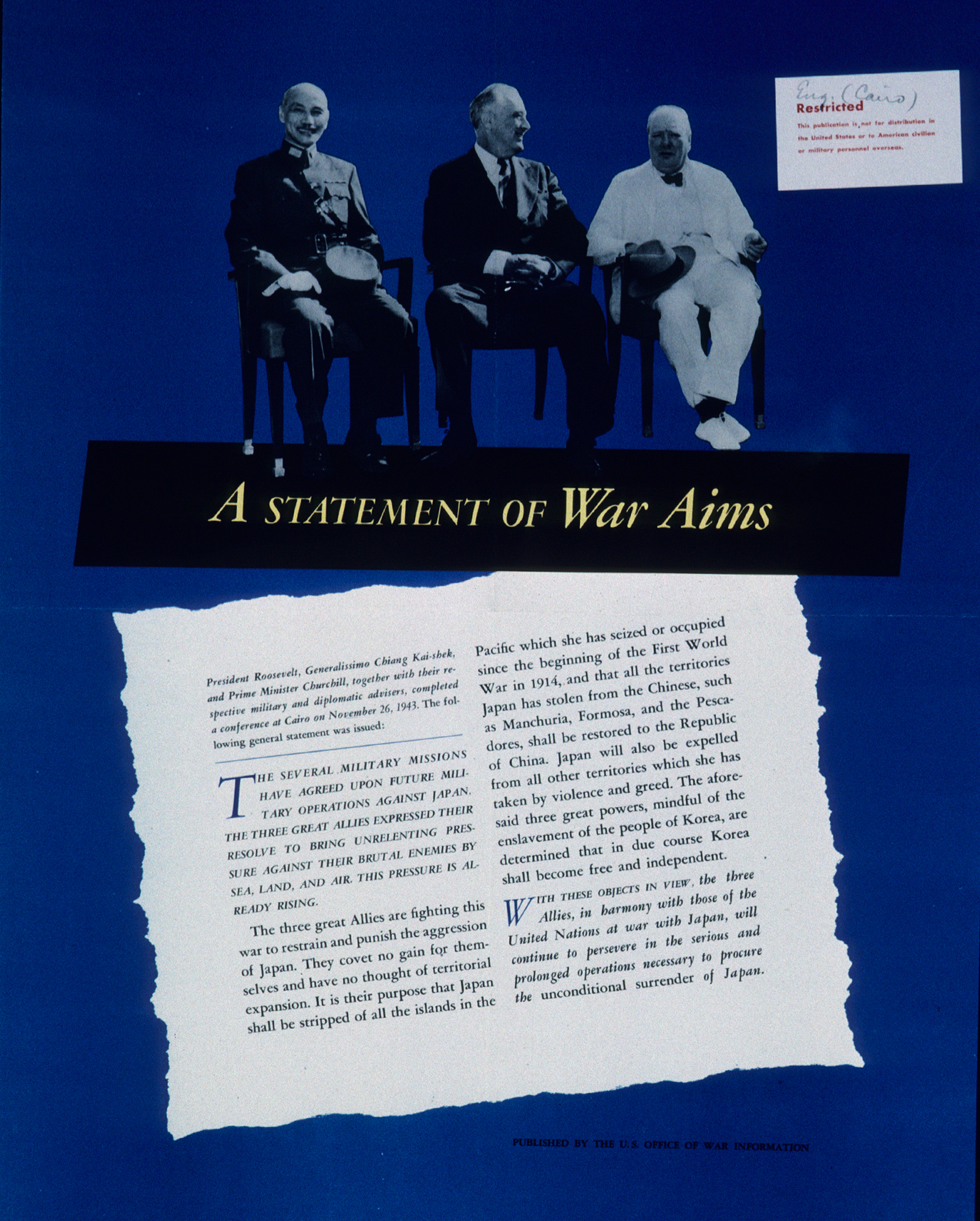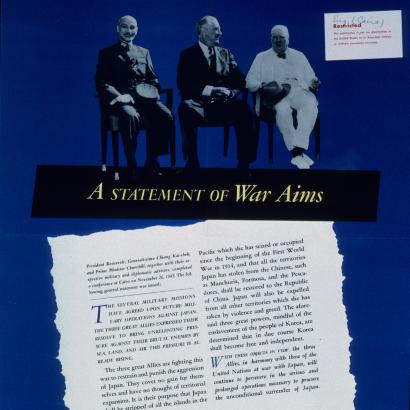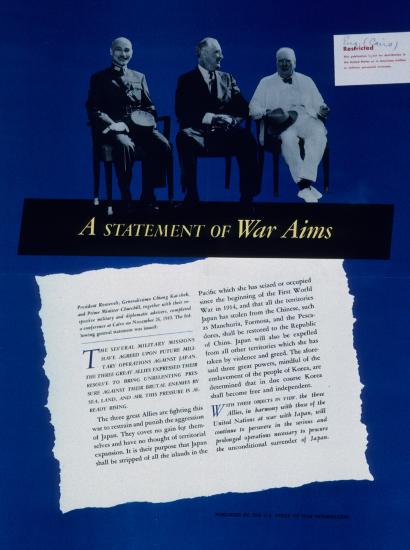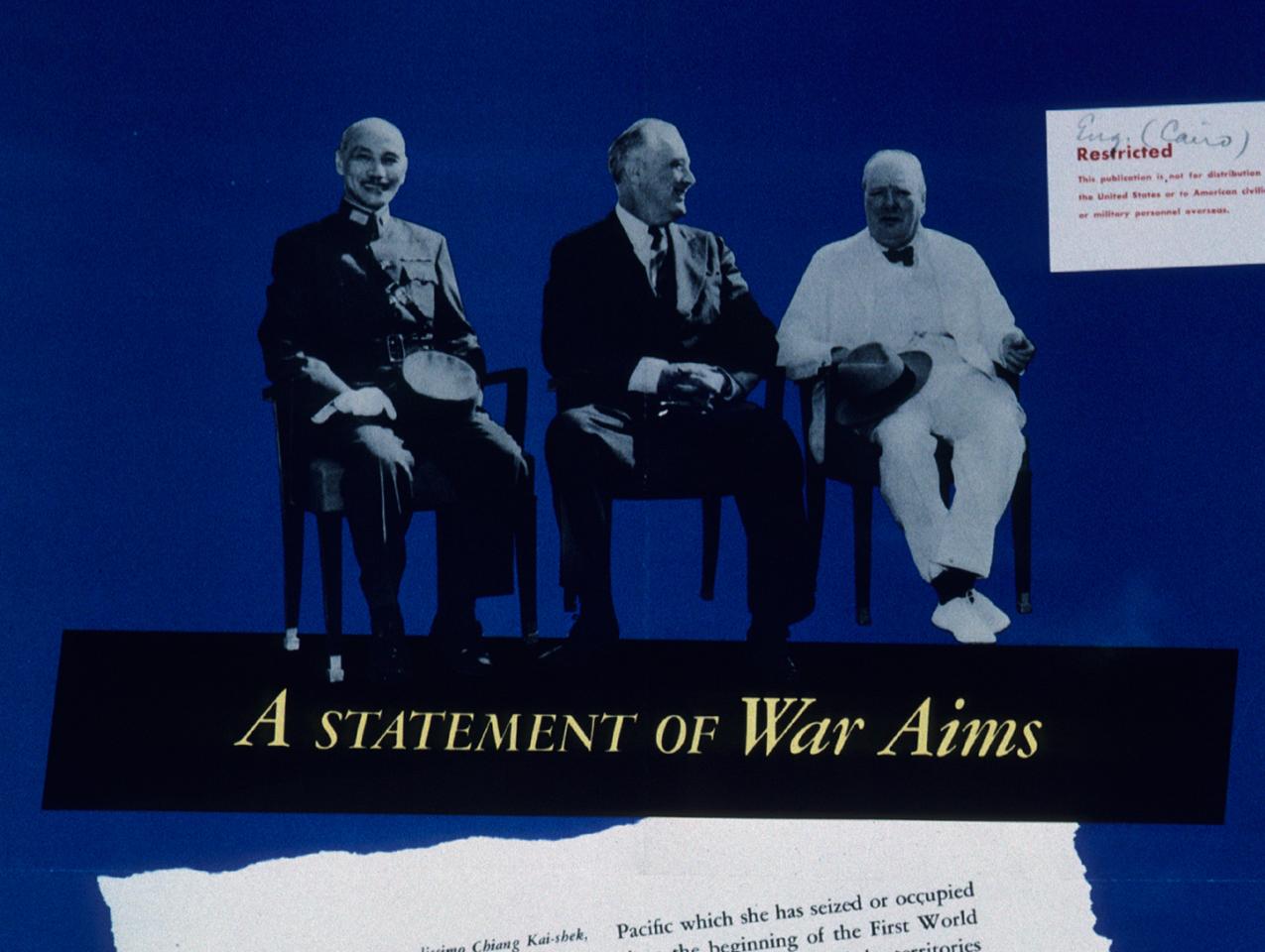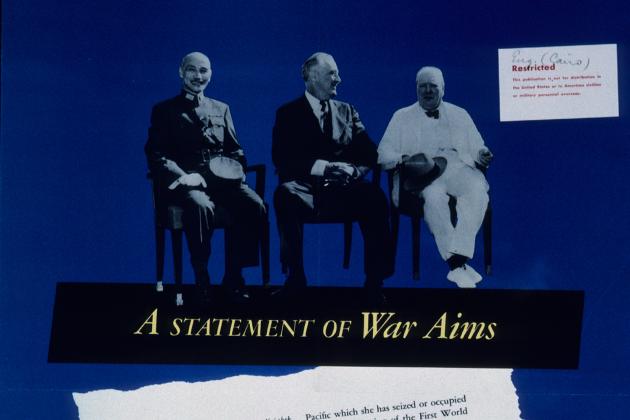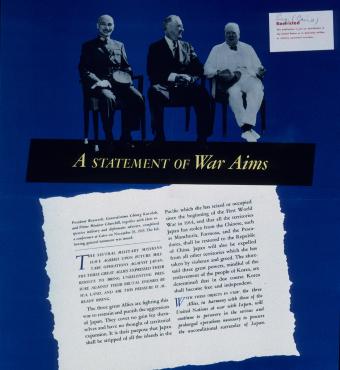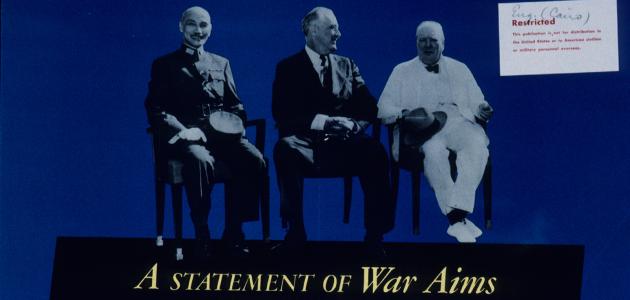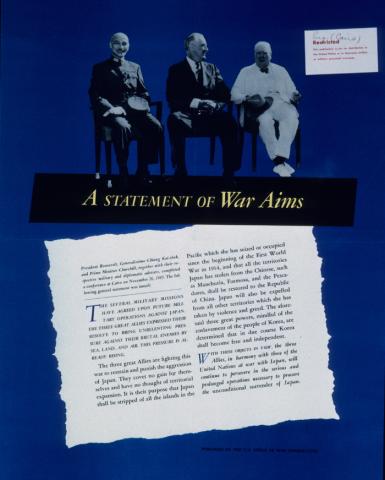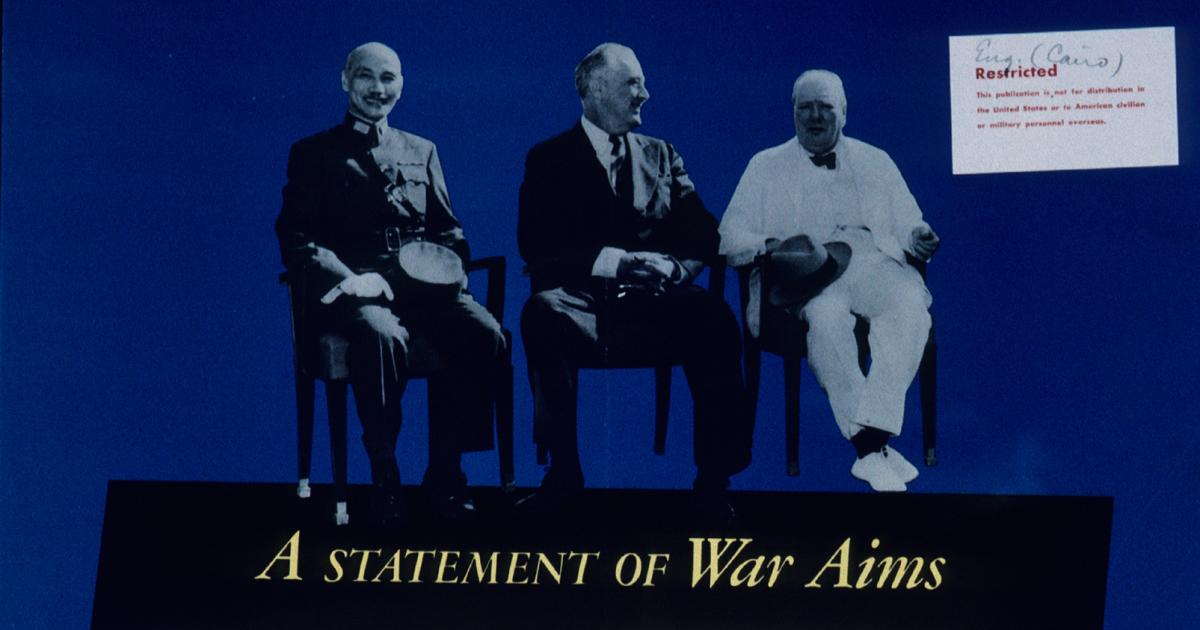- History
- China
The experience of the United States during World War II in Asia has left an indelible mark on its contemporary policy and stance towards China, revealing a complex interplay of historical precedents, strategic considerations, and political dynamics that continue to influence the United States’ approach to managing its relationship with a rising China.
Firstly, the U.S.’s reluctance to confront inevitable clashes with revanchist countries in Asia, exemplified by its stance towards pre-Pearl Harbor Japan and post-Cold War China today, highlights a latent but consistent pattern of isolationist indolence in American foreign policy. Before Pearl Harbor, America positioned itself as a sympathetic bystander rather than a direct participant in conflicts against revanchist Japan, adopting instead the role of being an “Arsenal of Democracy,” a stand-behind-the-scenes, no-boots-on-the-ground approach to Japan’s aggression that directly challenged U.S. interests, especially in the Philippines.
This historical posture mirrors today’s culture of confrontation aversion in Washington, D.C., a city that has been vandalized by conceptual abominations such as strategic ambiguity towards China, where the U.S. signals reluctance and a lack of resolve that can only be expressed through clarity. This strategic ambiguity, while aiming to deter aggression and maintain stability, inevitably results in perceived indecisiveness, potentially emboldening adversarial moves by China in territorial disputes and geopolitical influence. This disease of strategic ambiguity—a doctrine, the very existence of which, no one in Beijing believes in—should not take another Pearl Harbor-like national catastrophe to be cured.
Secondly, America’s WWII experience in Asia fundamentally impacted its Eurocentric strategic outlook, leading to a “Europe First, Asia Second” strategy that has shaped U.S. foreign policy for decades. FDR was influenced primarily by the tenaciously insistent Winston Churchill––who checked himself into the White House for three weeks immediately after the Pearl Harbor attacks, and persuaded FDR and a nation that had just been mercilessly and humiliatingly attacked by a powerful enemy in Asia, to prioritize Europe over Asia.
Thus the U.S. focused its WWII efforts against Germany for the rest of the war, relegating the Asia Pacific theater to a secondary priority until the last weeks of the global conflict. While perhaps warranted at the time, this strategic prioritization persisted through the Cold War and beyond, affecting U.S. military and diplomatic engagements in Asia, even during the Korean and Vietnam Wars. These enormous U.S. military, economic, and political investments were conceptually and doctrinally viewed by U.S. political and military high commands as strategic distractions for America’s Cold War prioritization in Europe.
This historical backdrop has implications for U.S. policy towards China, where the challenge is to balance engagements across different regions while recognizing the strategic significance of Asia in the 21st century. Luckily, America’s strategic focus has witnessed a historic shift since the Trump Administration, continuing on to the Biden Administration, from Europe and the Middle East to China, the most formidable security threat to the United States and the post-WWII international order it has led.
The consequences of the historical neglect of strategic prioritization towards Asia and China have been grave. The status of secondary importance, and the lack of sufficient leadership attention, allowed lower-ranking bureaucrats and ideologically biased figures in the turf-minded agencies and military branches to influence U.S. policy during FDR’s administration, leading to a confused and ineffective engagement with China. This disarray facilitated the rise of the Chinese Communist Party (CCP), marking a significant failure in U.S. foreign policy. The misinterpretation of the CCP as merely agrarian reformers rather than committed ideologues of Marxism-Leninism led to a series of misjudgments, including underestimating the CCP’s intentions and capabilities, which had long-term repercussions for U.S. policy in Asia.
Furthermore, America’s WWII experience underscores the importance of bipartisan coalition-building in national defense and foreign policy. The inclusion of prominent Republicans in FDR’s administration for defense roles set a precedent for bipartisan cooperation in addressing national and international challenges. However, today’s partisan politics and the predominance of political appointees in key positions that take their orders from a partisan commander-in-chief, may compromise the effectiveness and impartiality of U.S. foreign and defense policy, particularly in dealing with the complex challenges posed by China.
All in all, the United States’ WWII experience in Asia offers critical lessons for contemporary U.S. policy towards China. It underscores the need for strategic clarity, a balanced approach to regional priorities, a nuanced understanding of Chinese political movements and the ideological forces that guide and animate the CCP in foreign and domestic behaviors, and bipartisan cooperation in foreign and defense policy. While the U.S. has learned some lessons from its past, the application of these lessons remains inconsistent, reflecting the ongoing challenge of navigating the shadows of history in shaping effective policy for the future.
The legacy of WWII in Asia continues to influence U.S. perceptions and strategies towards China, highlighting the importance of historical context in understanding and addressing the multifaceted dynamics of contemporary international relations.







